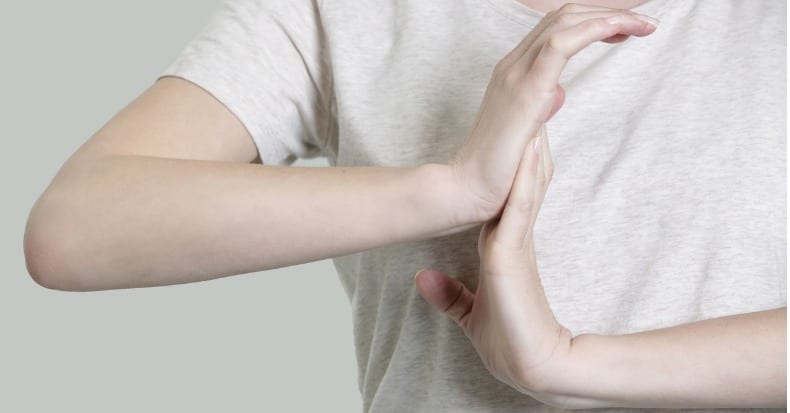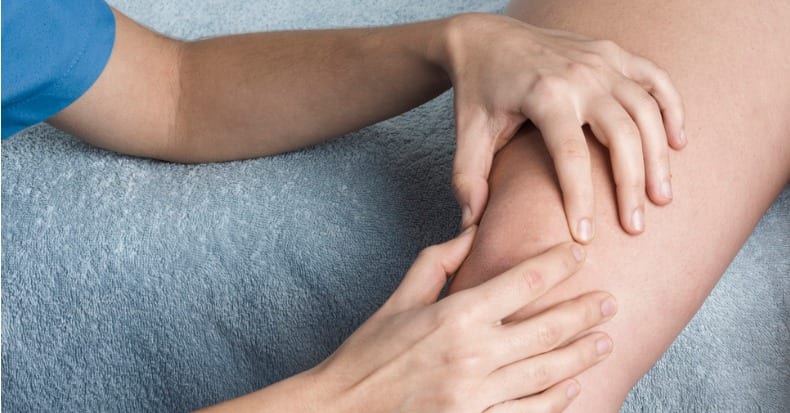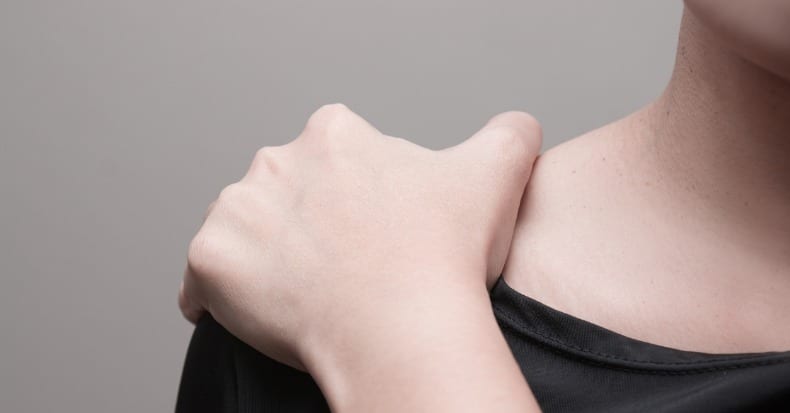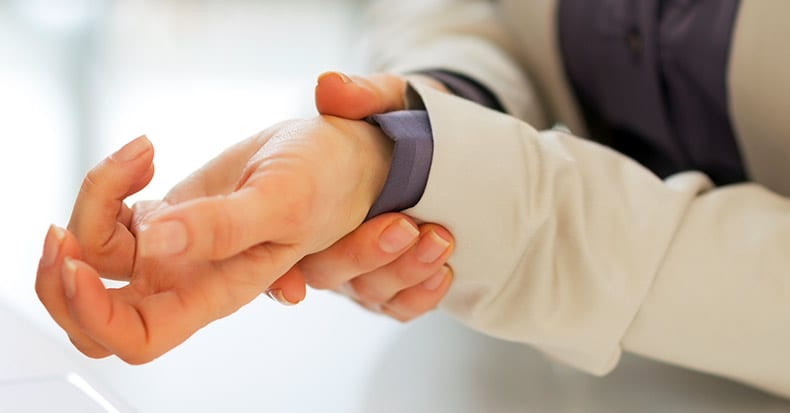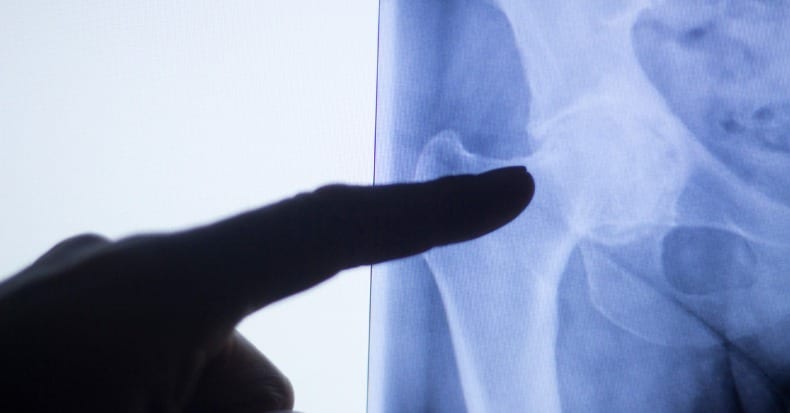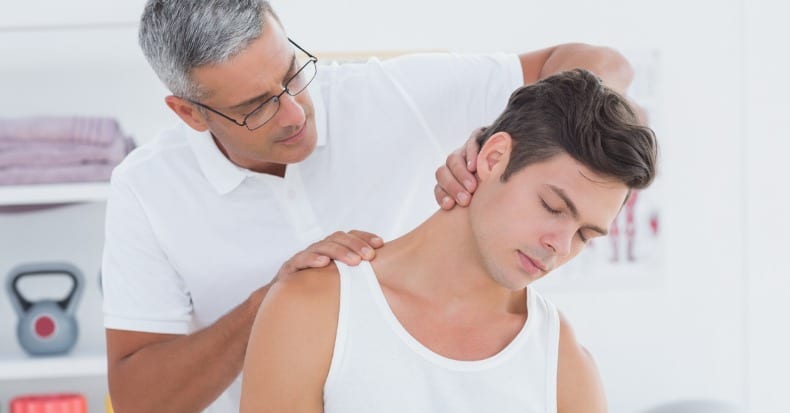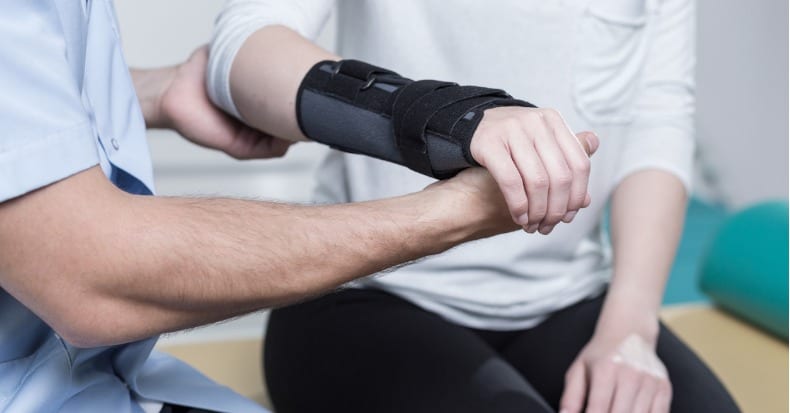Newest Articles
Carpal tunnel syndrome (CTS) is the most common “peripheral neuropathy” (pinched nerves in the arms or legs) and is known to be caused by prolonged repetitive, forceful grip-related tasks involving the hands. The condition occurs when pressure is placed on the median nerve as it passes through the carpal tunnel, either from inflammation, mechanical injury, [..]
While chiropractic care commonly focuses on improving function in the spine to reduce neck pain and back pain, in many cases achieving a successful outcome is only possible when treatment addresses conditions elsewhere in the body. For example, ANY painful condition of the knee can alter one’s gait pattern, which can result in abnormal movement [..]
There is a plethora of research supporting the benefits of chiropractic care for many musculoskeletal (MSK) complaints including low back pain, neck pain, headaches, and more. However, less research is available for non-MSK complaints like gastroesophageal reflux disease, or GERD. So, what can chiropractic offer patients with GERD, and why is this important?
Normally, when [..]
Primary dysmenorrhea (PD) is a very common gynecological disorder affecting 84.1% of women during childbearing age. The most common symptoms of PD include lower abdominal pain that can radiate to both thighs and/or to the low back. Other symptoms include tiredness, headache, nausea, constipation, and diarrhea. The condition precedes menstruation (in the absence of any [..]
Subacromial impingement (SAI) is a common injury in sporting activities that require overhead motions, especially among pitchers, quarterbacks, and swimmers. Not everyone responds to treatment to the same degree, and a new study that reviewed two specific cases may offer a possible reason: the neck.
One of the two cases involved a high school football [..]
Carpal tunnel syndrome (CTS) occurs when pressure is placed on the median nerve as it passes through bones and ligaments of the wrist in order to innervate a portion of the hand. This pressure can be cause by compression of the carpal tunnel due to mechanical injury or when other tissues near the median nerve [..]
Femoroacetabular impingement (FAI) is a pathological hip condition found in 17% of the population, and it’s caused by abnormal contact between the ball of hip and the socket. To be more precise, it’s the head-neck junction that impinges against the rim of the acetabulum. There are three types of FAI: cam, pincer, or a combination [..]
For many individuals—especially those with attention-deficit/hyperactivity disorder (ADHD) and attention-deficit disorder (ADD)—staying “on task” can be a challenge. Though medications are commonly used as a first line treatment for these conditions, research has shown the benefits may only last for a few years. University of California, Irvine scientist Dr. James M. Swanson even reports that [..]
Why Do Patients Go To Chiropractors?InflammationIn her books, Epigenetics Revolution (2013) and Junk DNA (2017) geneticist Nessa Carey explains that the driving force in human evolution and in human biology is procreation; living long enough to make babies and pass our genes on to future generations (1, 2). At the center of the human opportunity to procreate is a [..]
When it comes to treating patients with chronic low back pain (cLBP), doctors of chiropractic commonly use a multi-modal approach that involves manual therapies, like spinal manipulation and mobilization, combined with supervised and/or home-based exercises. Why is that?
In many cases, the superficial paraspinal muscles of patients with back pain will tighten as a reflex [..]
Experts report that 157 million work days are lost each year in the United States due to headaches at a cost of about $50 billion in work absenteeism and medical expenses. According to current estimates, about 18% of chronic headache patients are believed to have cervicogenic headaches (CGH), or headaches that originate from dysfunction in [..]
Carpal tunnel syndrome (CTS) is a very common condition caused by inflammation of the median nerve that runs through the palm side of the wrist. When the median nerve is pinched and irritated, numbness, tingling, and/or weakness in the hand can result.
Wrist splinting is a common recommendation given to CTS patients by all healthcare [..]
